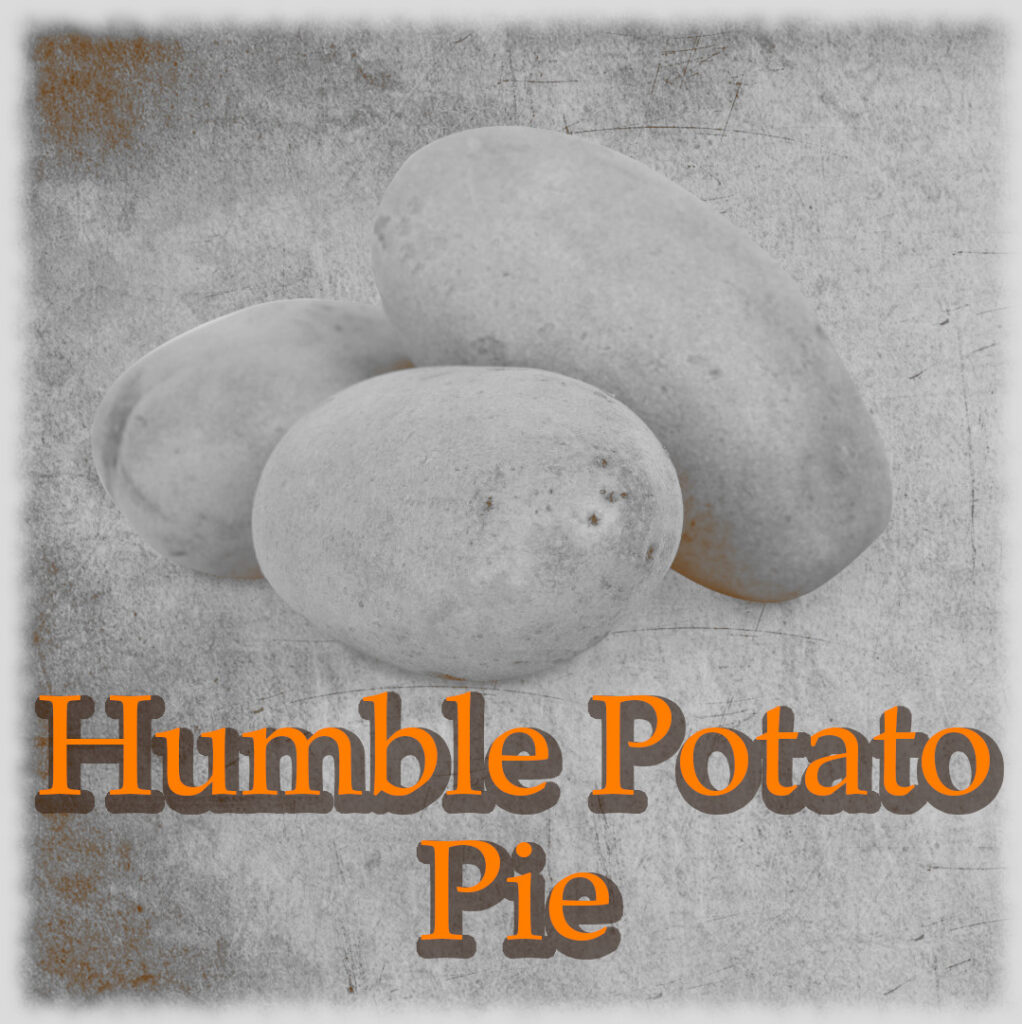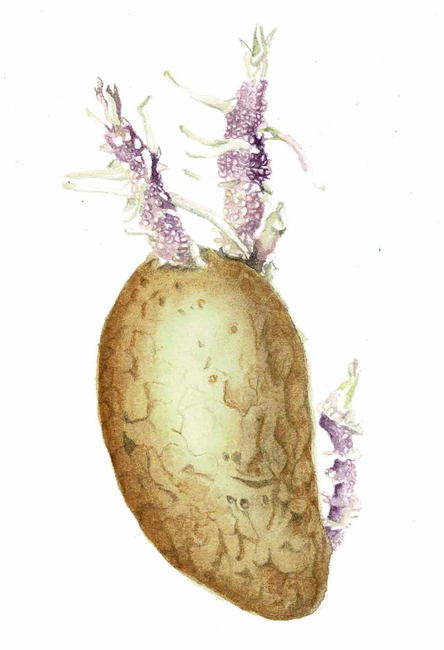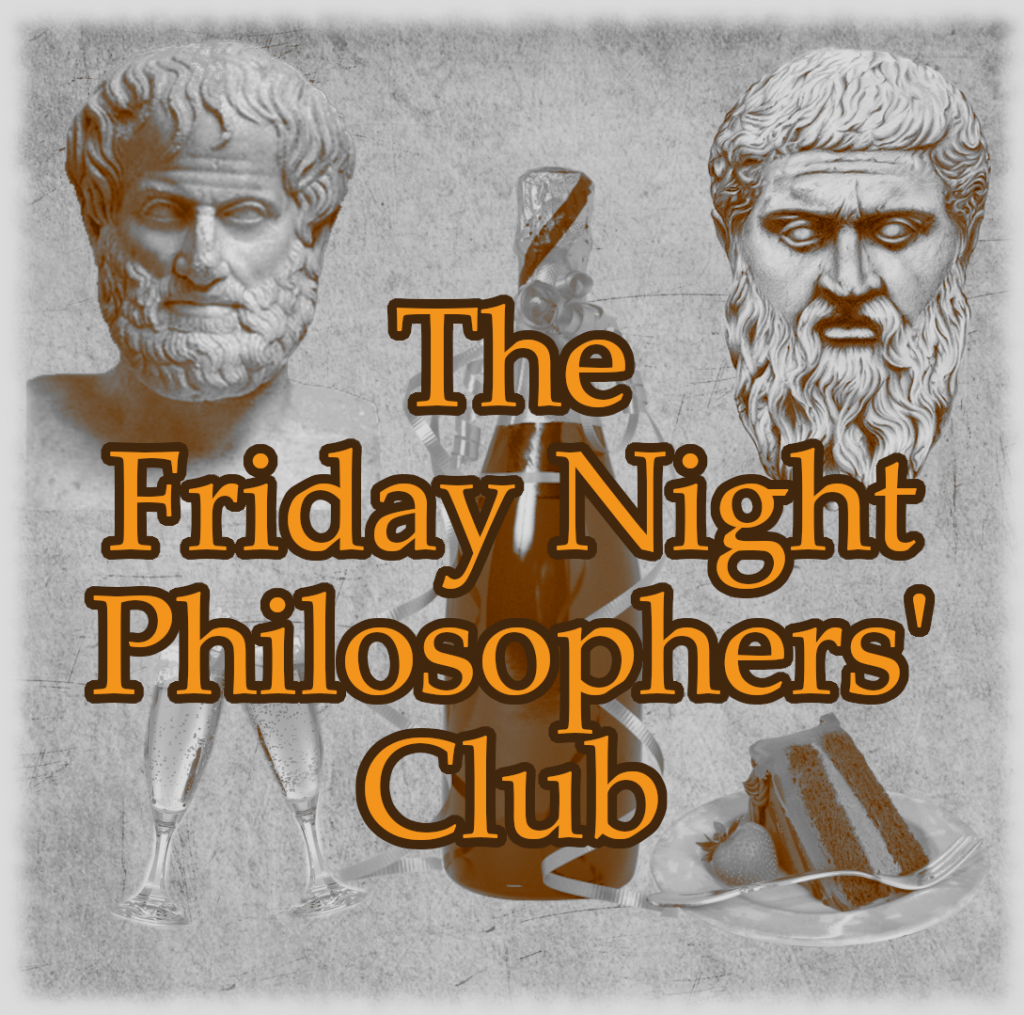
A boxer from the nineteen fifties once famously said after losing a fight, “I should’a stood in bed.” All of us know this feeling, all of us have had days where, by the end of it, we wish that we had cancelled all appointments, disconnected the doorbell, turned off all wakeup alarms, curled into the foetal position, under the sheets, and let the day pass us by. Days like that often begin well enough, with you springing out of bed, haring down the stairs and feasting on a cooked breakfast. It is as though the weather forecast is for a bright, sunshiny day; only somebody forgets to mention the scattering of tornadoes on the horizon.
However, this was not one of those days. The clouds of doom had already gathered around me, even as the alarm clock sounded.
I felt like a Duracell Bunny that had run a marathon, all my battery juices were used up. The only thought that got me out of bed was that to arrive in the kitchen after my mother would be a mistake. Like most older people, routine plays a major part in her life. Kettles must be boiled as cod-liver-oil is drunk, cough bottles administered before inhalers are breathed-in and the tablets sorted through. Nobody wants to be in the kitchen queue behind my mother, at least not before coffee runs through their veins. And so, I rushed down the stairs ahead of her, organised coffee and sat down with a slice of brown bread to consider my position. It seemed terminal to me; by any objective measure, whatever ailed me, would prove fatal.
Being a man, stoic and all that, I decided to finish breakfast before writing up my last will and testament, lying down, crossing my hands over my chest and allowing my spirit to depart uninterrupted. I had a second cup of coffee and worked out the logistics of my death, (the where being uppermost.) Should my corpse be discovered on the living room sofa, or on my bed? Were the sheets clean enough to die on? Or should they be changed first? Which would leave the best impression on the undertaker? For some reason, consideration of my mother’s reaction to my sudden demise failed to register. I scarcely noticed her arrival at the breakfast, my mind being busy working through a selection of handle choices to compliment a budget coffin.
Hobbies change depending on our age. This thought occurred to me when my elderly mother joined me and gave me her itinerary for the day. The list ran something like this: bloods to be drawn at ten thirty, harass library staff for a political tell-all about Boris Johnson after eleven, find a coffee companion before lunch, see doctor after lunch.
Doctors and nurses play a large part in the social life of the elderly; competition is fierce. Where women gain social status in their youth by comparing caesarean scars, they rely on larger scars in later life. Having only one hip replacement is the equivalent of losing your virginity, it hardly shows any real interest in life, or men, or sex, or anything at all.
“You have to exercise,” my mother regularly advises a neighbour whose progress after her first hip replacement fails to impress my mother. “I was back driving six weeks after mine. Six weeks. Use it or lose it, as they say.”
In a quick counterattack our neighbour proves her body more decrepit that my mother’s by stating, “They want me to have one of those… Those…” words fail her, and she squirms in her chair until she finds a way to continue. “Those pro… Things with the camera.” She pauses, eyebrows quizzically high, how can she say what she can’t even contemplate; polite society would never allow such scandalous talk. With some sketchy hand gestures, she leans forward and slowly continues. “Up… Your…”
“Colonoscopy,” my mother is a fan of the colonoscopy, there is a lot of social credibility to be gained having coffee with friends while comparing and contrasting the effects of taking ‘that stuff’ the night before having the procedure. “There is nothing to worry about,” my mother reassures her before bragging, “Had it done dozens of times, myself.”
“They are not sticking anything into me,” protests our neighbour, “I had three feet of my bowel removed, there is nowhere for the camera to go.”
What a boast! Almost as good as having both hips and knees done, with the hint of a shoulder operation on the horizon.
“That’s nothing,” my mother splutters, “You have thirty-three feet of gut remaining.”
She resisted telling her how many full-grown pythons that might be. Pythons were last week’s bowel measurement yard stick.
Today, my mother had less-reptilian things on her mind and was not in open competition with any of her old friends. She was only having bloods done and a quick review of her meds later in the day. Move along, nothing to brag about here.
When she went to see the vampire nurse, I took a covid test and plumped up the cushions on the sofa, my deathbed would at least be comfortable. What can I say, I’m a man, we worry.
The test was negative, not even the hint of a line. And that after putting a long stick up my nose, against my better instincts. No sensible medical practitioner would ever recommend such a course of action. But the test hailed from China, which is why the instructions suggested a conspiracy to have all westerners self-lobotomise. A far more convincing conspiracy theory, you must admit, than to imagine that the US taxman is arming up, and planning to murder tax defaulters in Iowa. Oddly enough, I did not question the test results, just the method of getting them. The human mind is a strange place to hang out.
Feeling more wretched as the day dragged on, I stayed as far away from my mother as I could by hiding in my office. False readings are known, and us men are sensitive about such things. I was not taking any chance of infecting another person. It was a shock, therefore, when the door to my office burst open and my mother entered, demanding that I take her to A&E.
The question why, resulted in a terse, ‘Doctor’s orders,’ by way of reply. No amount of direct questioning, or around-the-bush probing, resulted in any further explanation as to why my mother was being sent to A&E.
There followed a drive to the hospital, windows open, masks on; maybe I did doubt the test results a little after all. Once there I did what everyone else does, I parked on two yellow lines, behind a deserted taxi, and unloaded my mother. There was doubt in my mind about entering A&E while in a twilight zone between covid states. I dithered for about 30 seconds too long on the yellow lines; car to the left of me, mother to the right. This was all the time it took for my mother to escape. “I’ll call you when they’re done,” she said over her shoulder, before disappearing behind a temporary prefab. If only my mind, or body, had been working, but they were not…
I heard nothing from my mother until I received instructions to put a bottle of white wine into the fridge at about six o’clock. It took a million questions to discover that there was a drip attached to her arm, though she had no idea why. Then she was gone. For once, the Chase went unwatched. I packed a suitcase with nightwear and reading material – just in case – and tested negative once more.
Then the phone calls started. How’s Ma? What’s wrong with her? What did the doctors say? Has she been admitted? When is she getting out? ‘Ask her yourself,’ I told my sisters, only to be told, ‘We have.’
The strangest communication came at ten o’clock when mid-call my mother captured a passing nurse and pressed her for an update.
“Am I being moved to the hospital, proper?” my mother asked.
“You are in the hospital,” replied the nurse. “This is Portlaoise hospital. You’re in the hospital. Don’t you worry. Why don’t you sit down here?” Having dismissed my mother as demented, she left her to her own devices. In her own way the nurse muddied the plot, rather than clarified it.
The witching hour approached and passed without news. Then, five minutes after midnight the call arrived, the Jim taxi was required, so I hit the road.
It seems to me that hospitals are designed to be impenetrable by anybody except maze runners. Despite this, there were parking spaces in the set down area of the A&E. I abandoned my car, leaving the parking lights on to indicate my intention of leaving immediately, and headed into the surreal world that is the emergency department. Patients were half-glimpsed through windows, ambulance doors were ajar, voices whispered reassurance on the night air. A young man walked past me heading up the ramp to freedom as I was drawn deeper into the bowels of the earth. Thankfully, my mother appeared before I reached the doors to A&E, accompanied by a male nurse. That’s when we heard the crash. I looked over my shoulder and realised that the sound could have come from only one place.
I indicated to the nurse, whose head was facing in towards the set down area, that he’d find me there. A short sprint later and I found myself at the top of the ramp staring at two young men who stood beside a taxi. Of all the warning plates to be seen on cars, (L plates, N plates, or taxi plates,) the taxi plates are the ones that make the driver in me shudder. They are the reddest of warning signs. The pull off the road, signs. Lunatic at large, they seem to shout. And looking at the crash site, it occurred to me that the level of evil genius required to hit my car was astounding. There had been three car lengths between us when I pulled into the set-down area and yet the driver had managed to cover that distance at speed, in reverse, and used my car to stop his progress down the ramp, straight to the doors of A&E. A closer inspection showed that my bumper was battered but unbowed. My mother appeared by my side, ready for battle. She looked from the battered bumper to the two young men who faced us and managed to get only in a few argumentative words before I convinced her to sit into the car and allow me to handle the situation.
The young men who faced me as the church bell rang one AM were obviously immigrants. Goofy and contrite they reminded me of the Irish of my generation, when we first landed in England, Europe, or the USA. Looking at the crash site, it was practically impossible not to smile at the bloody-minded stupidity it had taken to hit my car. Anger and amusement vied for dominance, but anger had no chance here. Details were exchanged and they drove into the night with a promise to phone me the next day. I no more believed that they would phone, as I buckled up, than I believed that a hair-fairy would reseed my bald scalp during the night.
But phone they did, with offers to fix the car if necessary. Smiling, I hung up and looked at the positive line on the test kit. I still believe that there is only one person who could have given me covid. But who will ever believe that some ninety-year-olds have a busier social life than their sons? Still, despite all the positives, there was no sign that a hair-fairy had visited in the middle of my night’s REM cycle.










